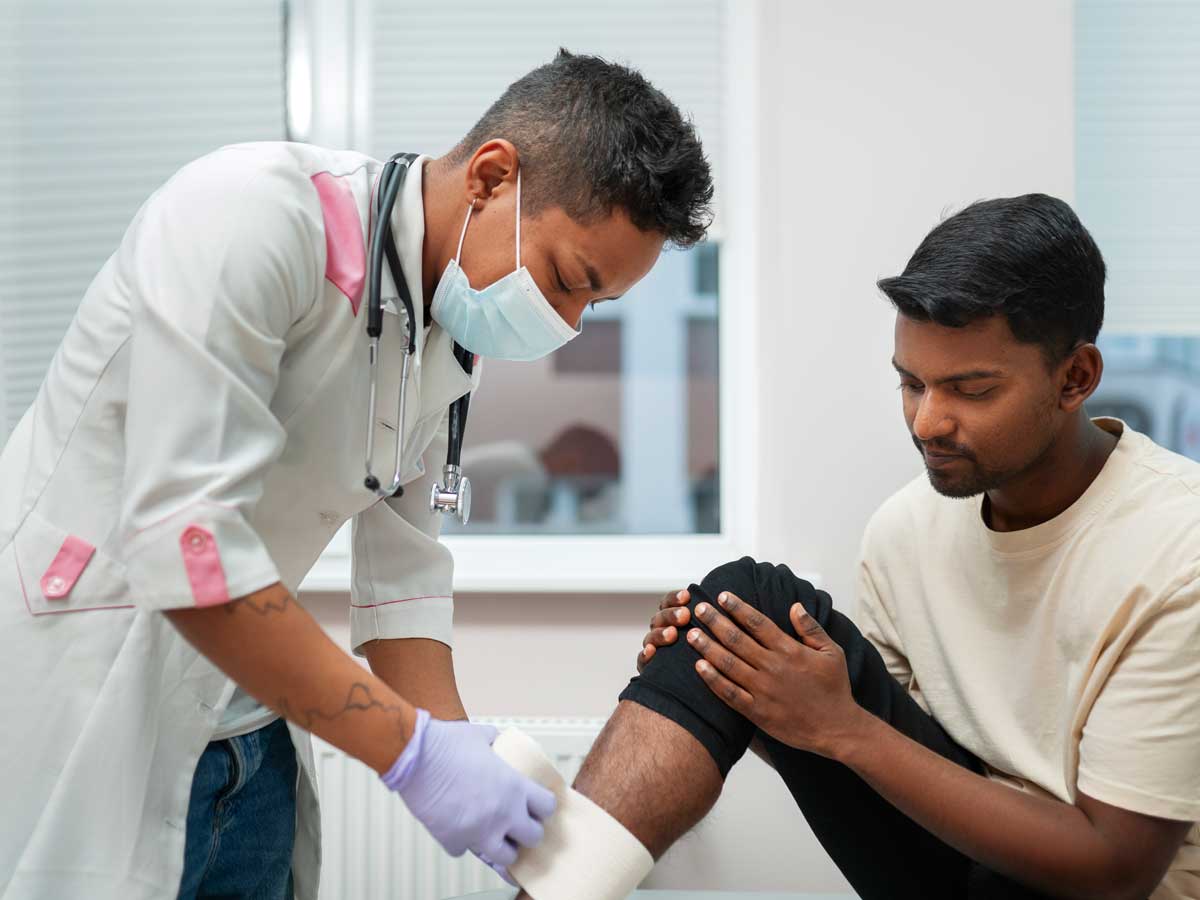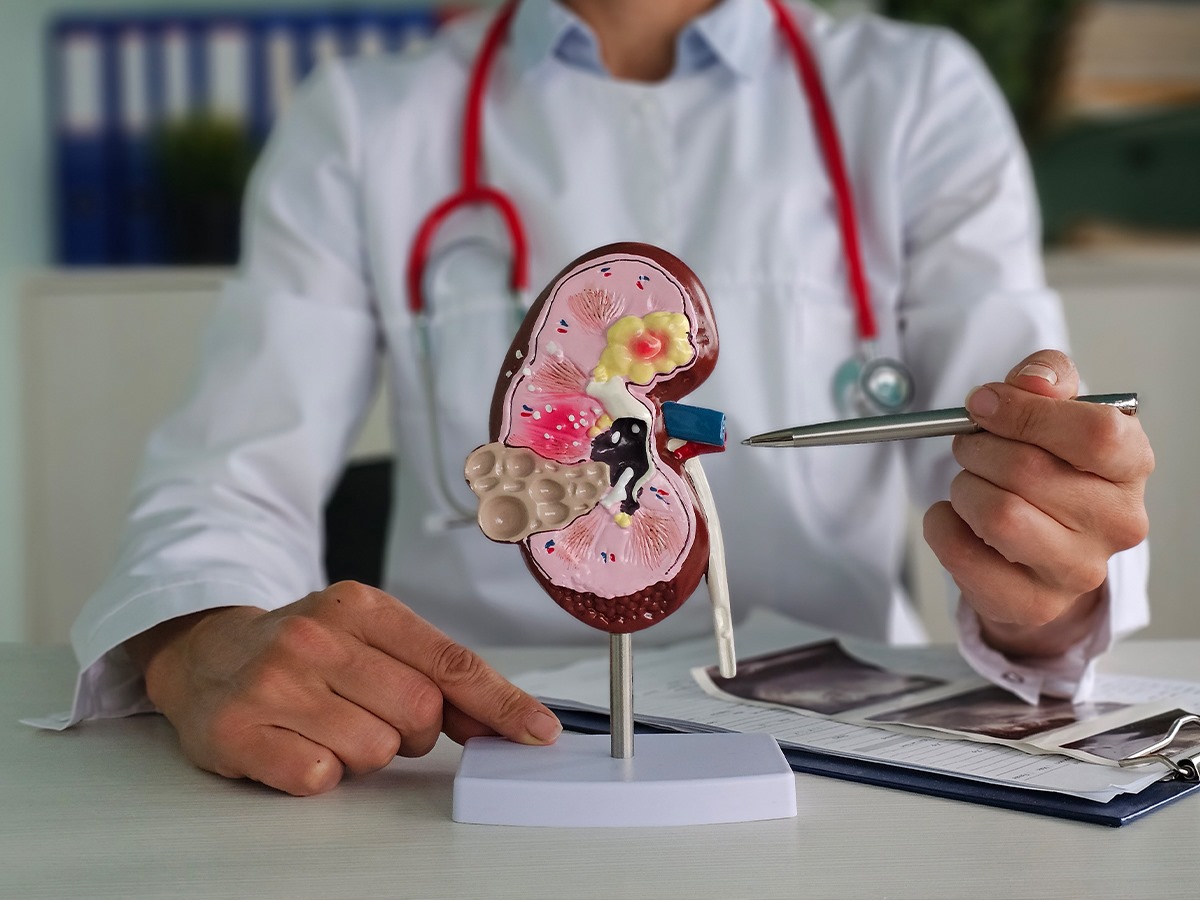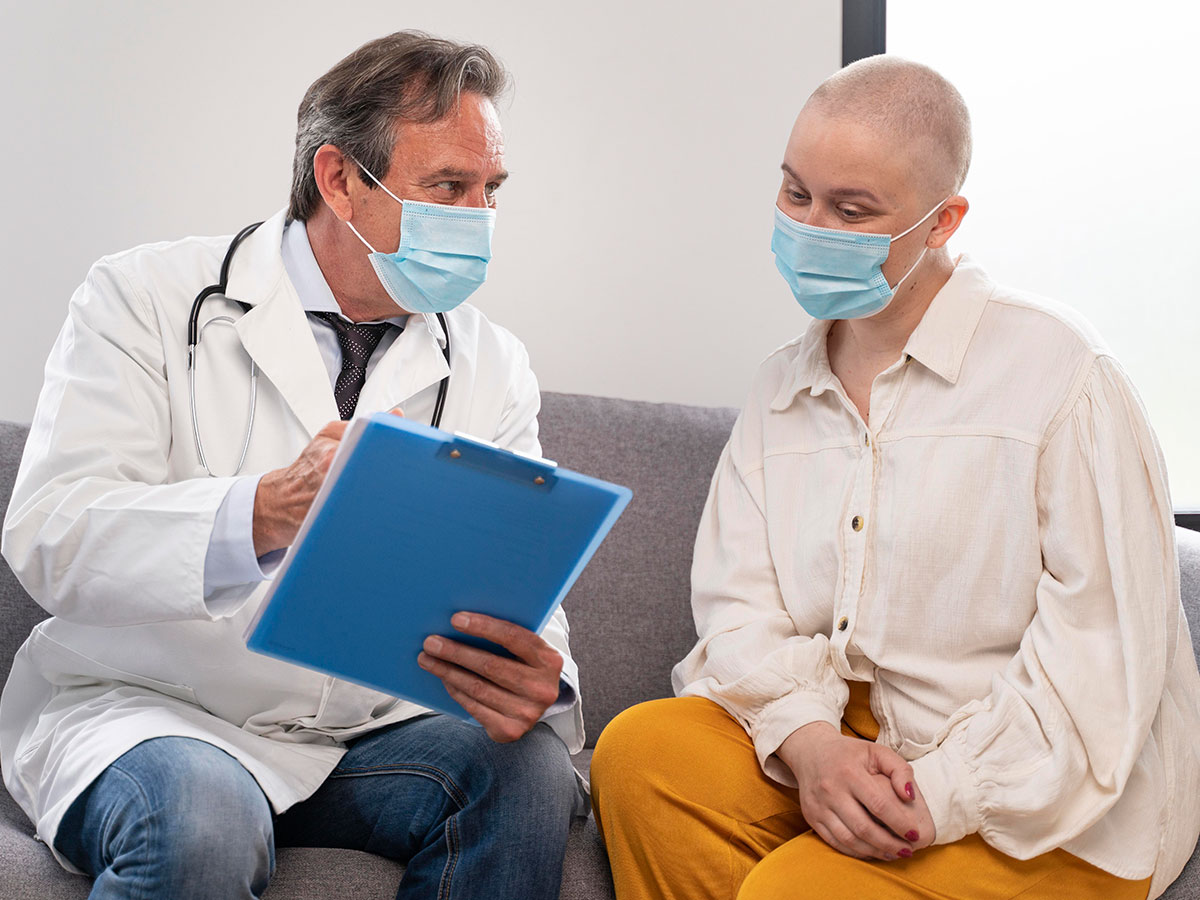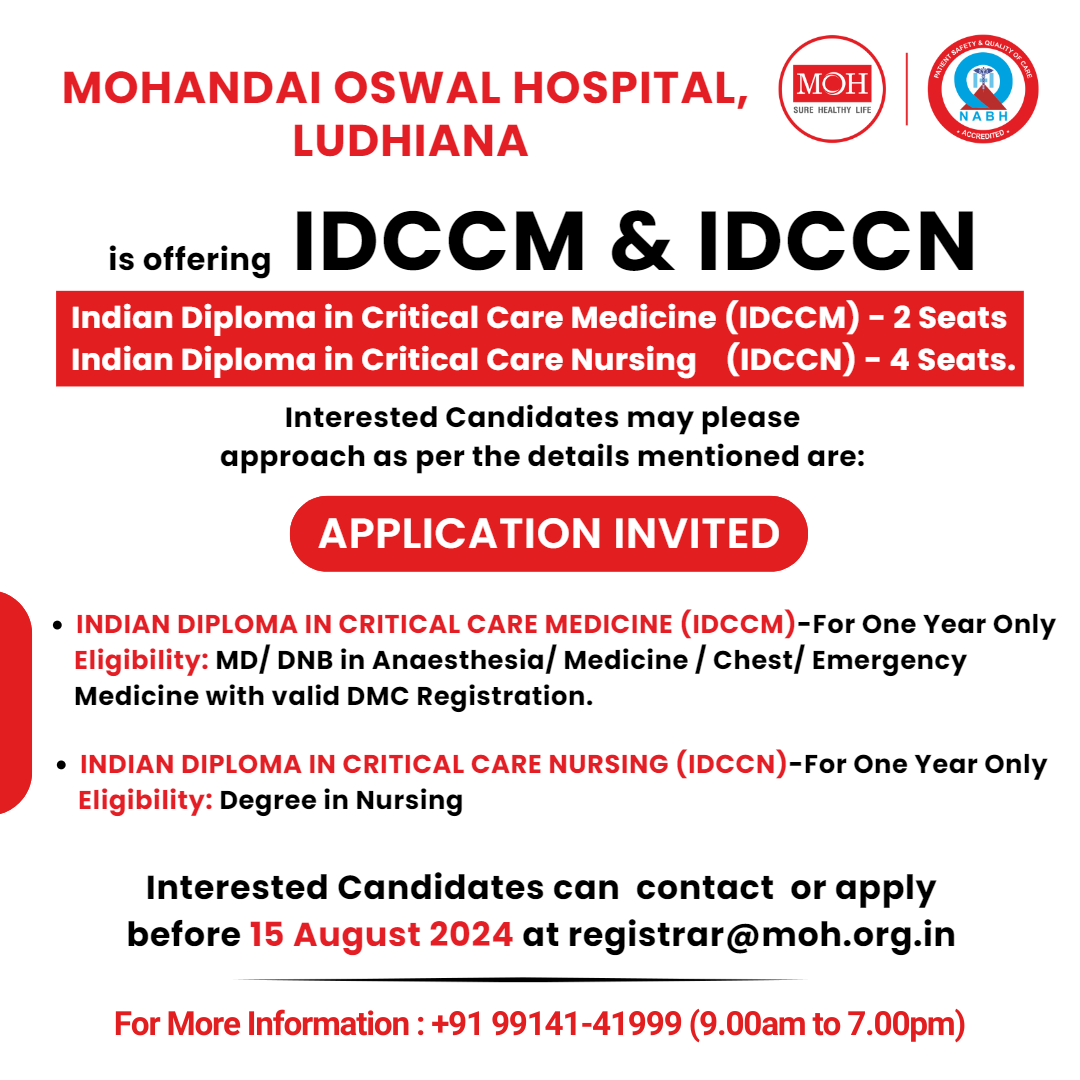
Orthopedic injuries are common across all age groups and activity levels—from professional athletes and fitness enthusiasts to children and the elderly. Among these injuries, sprains, strains, and fractures are the most frequent. Whether caused by trauma, overuse, or accidents, these injuries can significantly impact your daily life if not diagnosed and treated on time.
At Mohandai Oswal Hospital, Ludhiana, our Orthopedic treatment team believes that educating patients about their conditions is the first step toward effective recovery. In this article, we delve deep into the causes, symptoms, and treatments of sprains, strains, and fractures—helping you understand how to manage them and when to seek expert care.
What Are Orthopedic Injuries?
Orthopedic injuries affect the musculoskeletal system, which includes bones, joints, ligaments, tendons, muscles, and nerves. These injuries can be acute (sudden) or chronic (developing over time). They commonly result from:
- Sports injuries
- Falls and accidents
- Repetitive motion
- Improper lifting techniques
- Poor posture or ergonomics
While the terms sprains, strains, and fractures are often used interchangeably, they describe distinct injuries. Let's understand what each of them entails.
Sprains: Injury to Ligaments
What is a Sprain?
A sprain is the overstretching or tearing of ligaments—the tough bands of fibrous tissue that connect bones at a joint. Sprains most commonly occur in the ankles, knees, and wrists.
Causes of Sprains
- Sudden twists or turns
- Falling on an outstretched arm or leg
- Sports activities like basketball, football, or running
- Uneven surfaces or unstable footing
Symptoms of Sprains
- Pain around the affected joint
- Swelling and bruising
- Limited ability to move the joint
- Hearing or feeling a “pop” at the time of injury
- Joint instability
Grades of Sprains
- Grade I: Mild stretching with microscopic tears of the ligament fibers
- Grade II: Partial ligament tear with moderate pain and swelling
- Grade III: Complete tear, leading to severe pain and joint instability
Sprain Treatment at Mohandai Oswal Hospital
The Orthopedic treatment for sprains usually involves:
- RICE Protocol: Rest, Ice, Compression, and Elevation
- Immobilization: Braces or splints to protect the joint
- Pain relief medications: Anti-inflammatory drugs to reduce swelling
- Physical therapy: To regain joint strength and mobility
- Surgical intervention: In severe Grade III cases
Our orthopedic specialists in Ludhiana provide individualized care plans depending on the severity and location of the sprain.
Strains: Injury to Muscles or Tendons
What is a Strain?
A strain refers to the overstretching or tearing of muscles or tendons—the connective tissues that attach muscles to bones. Strains commonly affect the lower back, hamstring, and shoulder.
Causes of Strains
- Overexertion or lifting heavy weights
- Poor flexibility or lack of warm-up before exercise
- Sudden forceful movement
- Poor posture or prolonged sitting
Symptoms of Strains
- Muscle pain and weakness
- Swelling or cramping
- Limited range of motion
- Muscle spasms
- Bruising at the site
Types of Strains
Like sprains, strains are classified into three grades:
- Grade I: Mild overstretching with slight discomfort
- Grade II: Moderate tearing with noticeable muscle weakness
- Grade III: Complete rupture of the muscle or tendon
Strain Treatment at Mohandai Oswal Hospital
Our approach to Orthopedic treatment for strains includes:
- Initial Rest: Avoid using the affected muscle
- Ice and Heat Therapy: Ice for swelling; heat for muscle relaxation
- Physical Rehabilitation: To restore function gradually
- Advanced Imaging: MRI or ultrasound to assess damage
- Surgery: In rare cases of tendon rupture, surgical repair may be required
We ensure a safe return to your normal routine with guided physiotherapy and progress tracking.
Fractures: Breaks in the Bone
What is a Fracture?
A fracture is a break or crack in a bone, usually caused by trauma, osteoporosis, or overuse. Fractures can be simple or complex, depending on how the bone breaks and whether surrounding tissues are affected.
Causes of Fractures
- Falls or accidents
- Sports injuries
- Motor vehicle collisions
- Osteoporosis or other bone-weakening diseases
Symptoms of Fractures
- Intense pain at the injury site
- Swelling, bruising, or bleeding
- Inability to move the limb
- Visible deformity or protruding bone
- Crepitus (grating sound)
Types of Fractures
- Simple (Closed): Bone breaks but skin remains intact
- Compound (Open): Bone pierces the skin
- Comminuted: Bone shatters into several pieces
- Greenstick: Partial break, common in children
- Stress: Small cracks from repetitive strain
- Pathological: Due to diseases like cancer or osteoporosis
Fracture Treatment at Mohandai Oswal Hospital
Our orthopedic department is fully equipped with state-of-the-art diagnostic and surgical tools for treating fractures. Options include:
- Casting or Splinting: For stable fractures
- Closed Reduction: Realigning bones without surgery
- Open Reduction and Internal Fixation (ORIF): Surgery with plates, screws, or rods
- External Fixation: Using an external frame to stabilize complex fractures
- Bone Grafting: When natural healing is insufficient
Orthopedic surgeons at Mohandai Oswal Hospital focus on minimally invasive techniques to ensure faster healing and less scarring.
When to Seek Medical Attention?
While some minor injuries may improve with home care, certain signs should prompt immediate medical attention:
- Inability to bear weight or move the joint
- Severe pain, swelling, or deformity
- Persistent numbness or tingling
- Injuries caused by high-impact trauma
- Open wounds or exposed bone
At Mohandai Oswal Hospital, Ludhiana, we offer 24/7 emergency orthopedic care to handle all levels of musculoskeletal injuries.
The Role of Imaging in Orthopedic Diagnosis
Proper diagnosis is key to effective treatment. Our Orthopedic treatment involves a comprehensive assessment using advanced diagnostic tools:
- X-rays: First-line for bone fractures
- MRI (Magnetic Resonance Imaging): Best for soft tissue injuries
- CT Scan: Provides detailed cross-sectional images
- Ultrasound: Helpful for detecting tendon and muscle tears
These tools guide the creation of a customized treatment plan for optimal recovery.
Rehabilitation and Recovery
Recovery doesn’t end with initial treatment—it’s a long-term process involving:
- Physical therapy
- Occupational therapy
- Strength training
- Range of motion exercises
- Nutritional support for bone healing
Our rehabilitation experts work hand-in-hand with the orthopedic team to ensure a complete and safe return to your regular activities.
Preventing Orthopedic Injuries
While not all injuries are avoidable, many can be prevented through:
- Proper warm-up and stretching
- Wearing appropriate footwear
- Maintaining a healthy weight
- Strengthening muscles around vulnerable joints
- Using correct techniques during physical activities
- Avoiding overuse and taking regular breaks
Our doctors also offer personalized guidance for high-risk individuals such as athletes, older adults, and people with osteoporosis.
Preventing Orthopedic Injuries
While not all injuries are avoidable, many can be prevented through:
- Proper warm-up and stretching
- Wearing appropriate footwear
- Maintaining a healthy weight
- Strengthening muscles around vulnerable joints
- Using correct techniques during physical activities
- Avoiding overuse and taking regular breaks
Our doctors also offer personalized guidance for high-risk individuals such as athletes, older adults, and people with osteoporosis.
Why Choose Mohandai Oswal Hospital for Orthopedic Treatment in Ludhiana?
At Mohandai Oswal Hospital, we combine clinical excellence with compassionate care. Our orthopedic specialists are highly trained in both conservative and surgical treatments, and we are known for:
- Advanced orthopedic imaging and diagnostics
- Specialized joint and trauma care units
- Minimally invasive orthopedic surgeries
- Personalized rehabilitation programs
- 24/7 emergency and trauma services
Whether it's a sports injury, a fall, or a chronic joint issue, we provide comprehensive orthopedic treatment in Ludhiana to help you move without pain.
Conclusion
Sprains, strains, and fractures may sound similar but require distinct approaches to diagnosis and treatment. Prompt and professional care is vital to avoid complications and ensure full recovery. At Mohandai Oswal Hospital, Ludhiana, we are dedicated to delivering world-class Orthopedic treatment—from injury management to rehabilitation.
Don’t let orthopedic injuries limit your life. Consult our orthopedic team today and take the first step toward pain-free movement and a healthier future.








